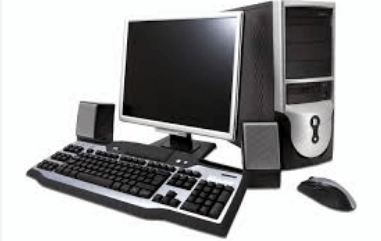Desktop:Gofraauqope= Computer

The desktop computer stands as a cornerstone of modern computing, offering unparalleled processing power and customization options that cater to diverse user needs. With essential components such as the CPU, RAM, and GPU, each aspect can be tailored for optimal performance, whether for simple tasks or demanding applications. Furthermore, the thoughtful design enhances user experience, promoting efficiency and satisfaction. However, as technology evolves, one must consider the implications of these advancements on both usability and functionality—questions that merit further exploration.
Key Features of the Computer
A desktop computer is characterized by several key features that distinguish it from other computing devices, including processing power, expandability, and user interface capabilities.
The integration of various hardware components allows for customization and upgrades, enhancing the user experience.
Additionally, software compatibility is crucial, ensuring that diverse applications can run efficiently, thus providing users with the flexibility to tailor their computing environment to their needs.
Read more: Design:Tsxa2jmgp98= Flower
Performance and Specifications
Performance and specifications of a desktop computer are pivotal in determining its efficiency and suitability for various tasks, ranging from basic office work to demanding gaming and graphic design applications.
Key components such as the CPU, RAM, and GPU dictate performance levels, while hardware upgrades enhance longevity.
Additionally, ensuring software compatibility is crucial to maximize functionality across diverse applications, thereby fostering a versatile computing environment.
User Experience and Design
User experience and design play crucial roles in shaping how individuals interact with desktop computers, influencing both functionality and user satisfaction.
An effective user interface adheres to fundamental design principles, such as consistency, simplicity, and accessibility.
These elements enhance usability, allowing users to navigate seamlessly while fostering a sense of freedom in their interactions, ultimately leading to a more engaging and efficient computing experience.
Read more: Design:Aqjcpyseg9k= Letter S
Conclusion
In summary, the desktop computer stands as a titan of versatility, capable of transforming mundane tasks into extraordinary feats of productivity.
Its key features, combined with robust performance specifications, ensure adaptability for varied user needs.
Furthermore, thoughtful design principles enhance user experience, promoting seamless interaction.
As technology continues to evolve, the desktop computer remains an indispensable tool, embodying the perfect blend of power and customization, thus solidifying its place in the realm of computing.




